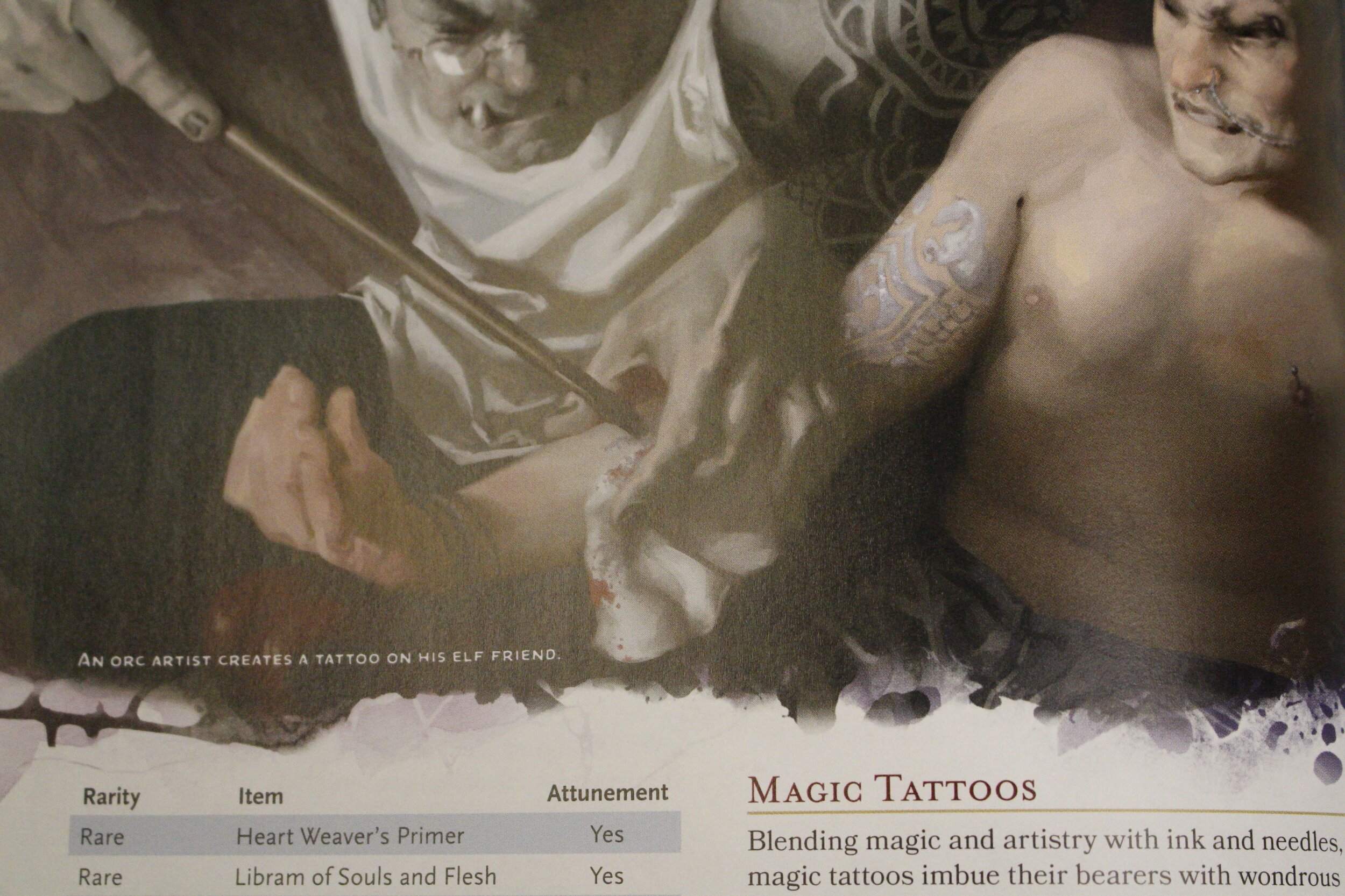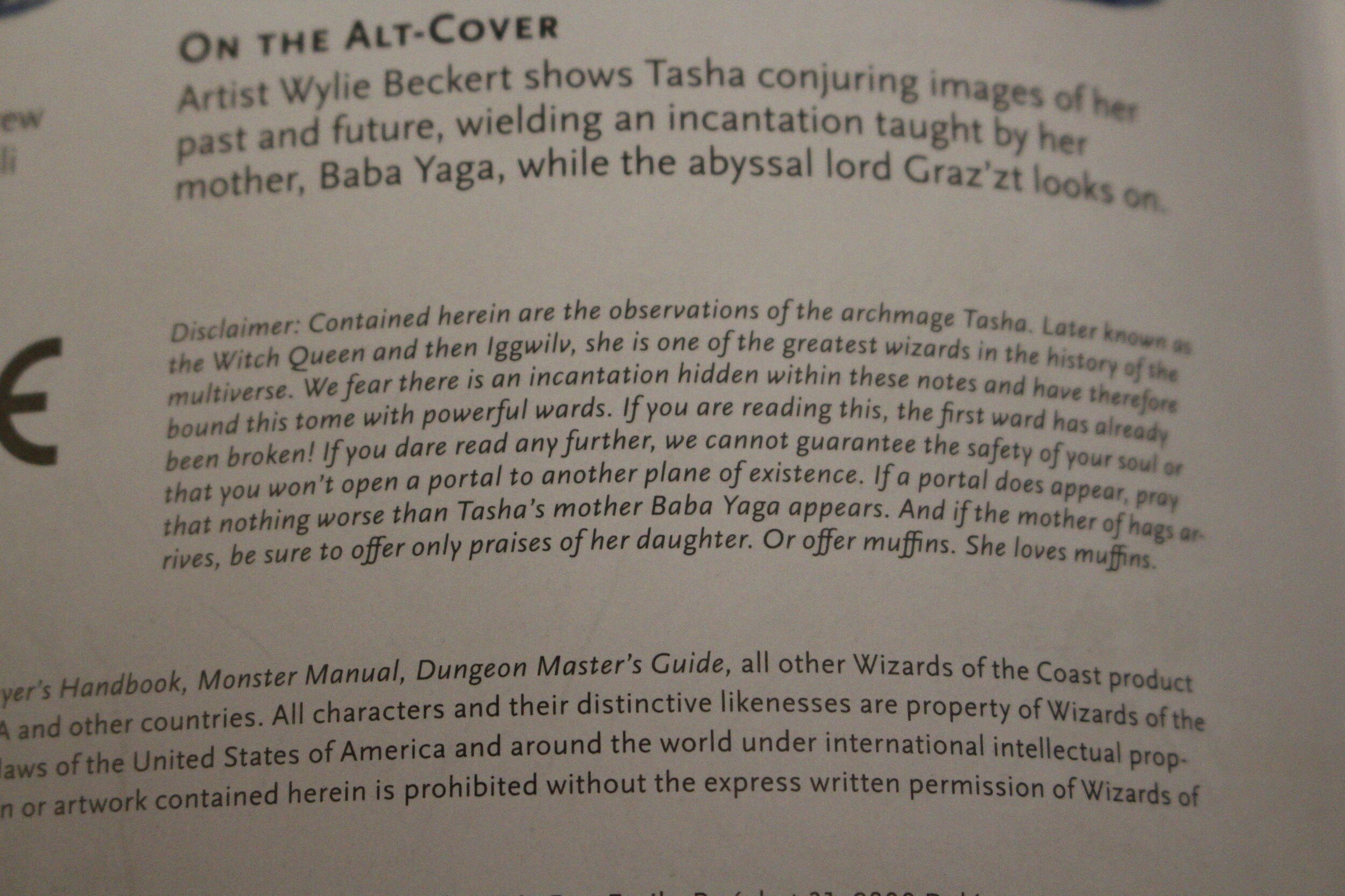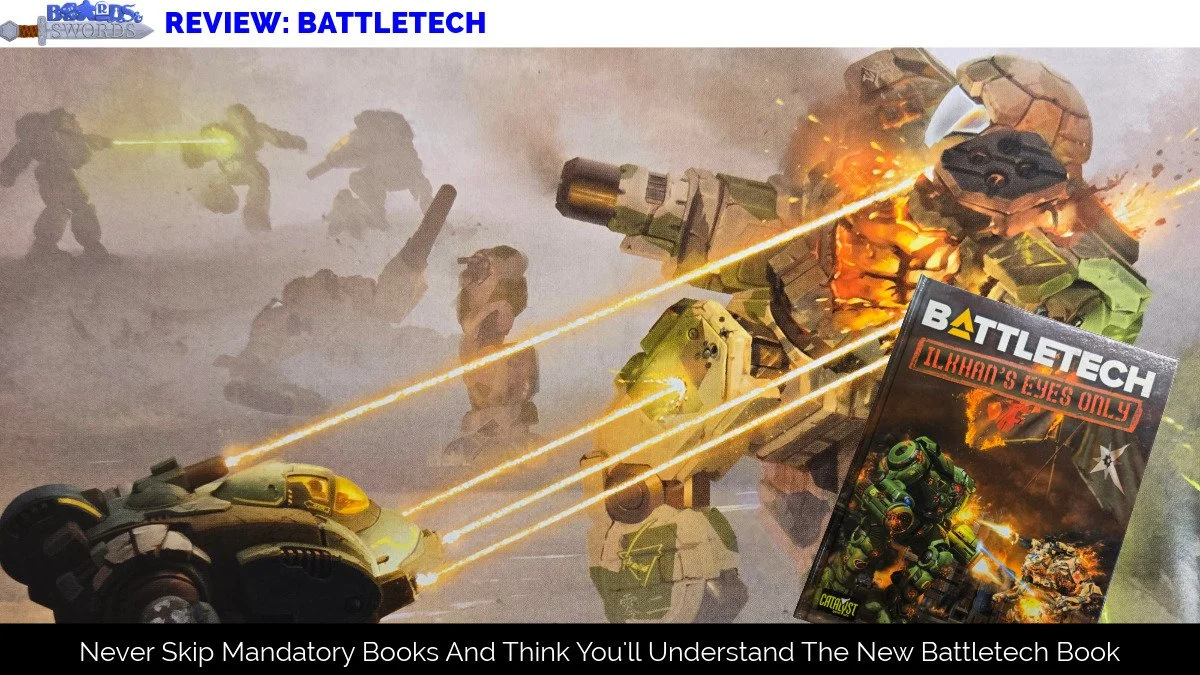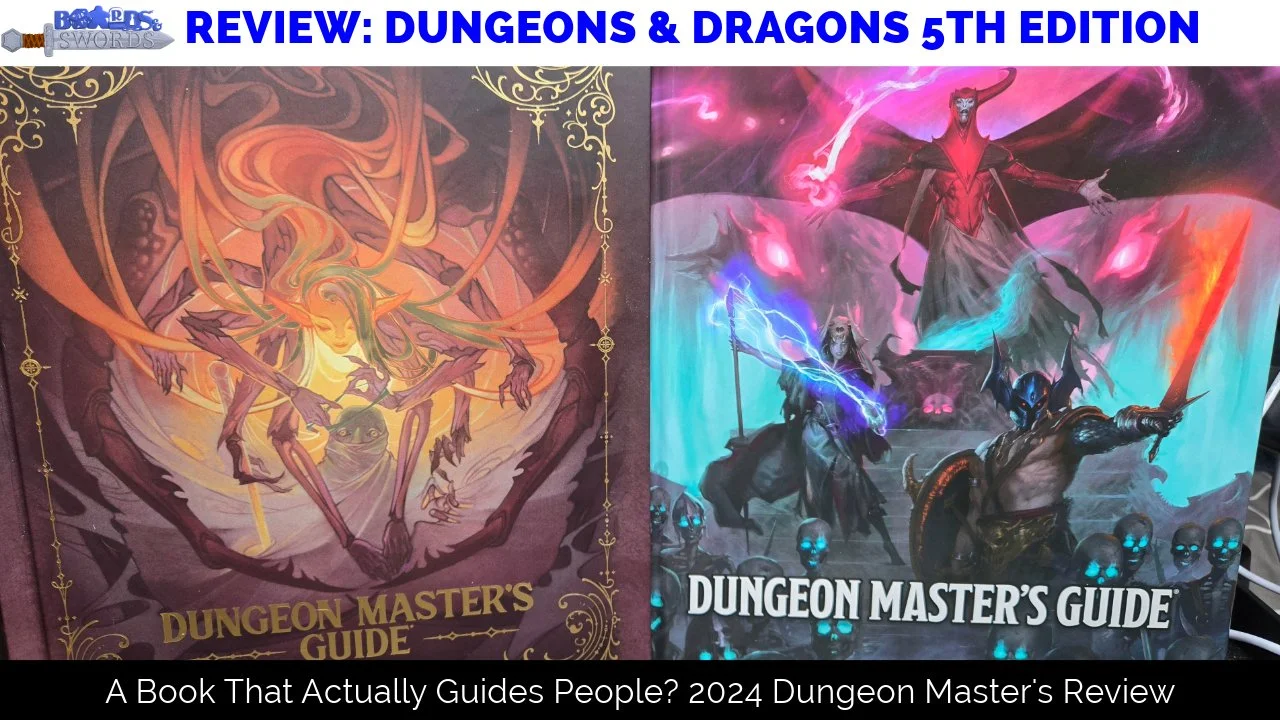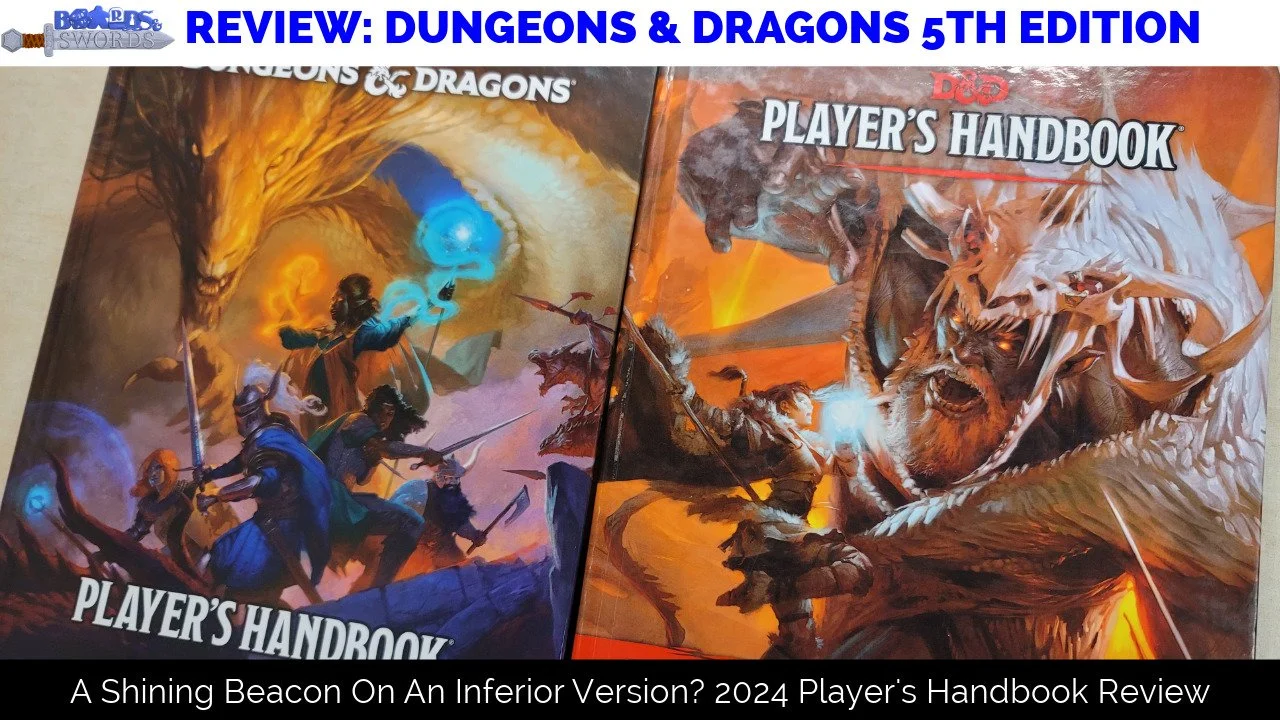I Don’t Think That Word Means What You Think It Means: A Review of Tasha’s Cauldron of Everything (D&D5e)
By Chris Renshaw
“You know me…” says Tasha’s Cauldron of Everything, one of the newest sourcebooks to D&D. Do most people though? The 5th edition of D&D has done wonders for bringing in new people to the game, so I would wager that the majority of people that would be interested in this new book have never heard of Tasha, other than maybe in the spell Tasha’s Hideous Laughter. Apparently, she is a powerful wizard that has a deep history in D&D lore.
What is it?
What about this new book, though? What does it bring to the game? From Wizards of the Coast’s website:
“Full of expanded content for players and Dungeon Masters alike, this book is a great addition to the Player's Handbook and the Dungeon Master’s Guide. Baked in you'll find more rule options for all the character classes in the Player's Handbook, including more subclass options. Thrown in for good measure is the artificer class, a master of magical invention. And this witch's brew wouldn't be complete without a dash of added artifacts, spellbook options, spells for both player characters and monsters, magical tattoos, group patrons, and other tasty goodies.”
What’s inside?
Just like Xanathar’s Guide to Everything before it, this book promises to bring much more options to your gaming table. Wizards of the Coast hopes that it will be enough to keep your D&D game fresh. Inside, the book contains new optional class features for all the official classes that have been released up to this point. Additionally, new archetypes have been added to help give players more options during character creation. The second chapter of the book focuses on “Group Patrons”, which is a feature that I would assume many people are already using in their games. Basically, it is a person/place/thing that gives the adventuring party a reason for being together.
Chapter 3 is the obligatory “more spells” portion of the book. Having new and interesting spells is one of the main selling points behind having sourcebooks in both D&D and Pathfinder, and this book adds a total of 21 new spells. That’s not all this chapter has, it also contains extra magic items and rules for how players can create “magic tattoos” on their bodies. These tattoos give players various effects, from resistance to specific spells, small recurring magical effects, to even keeping you alive at 1 hit point during combat. The last chapter of the book turns to the Dungeon Master and provides them with new tools for running games. The biggest of these is that of Safety Tools. For those unaware, these are optional techniques for keeping your games from venturing into topics that make players uncomfortable.
The Good
In previous versions of the game, books like this would be called “Player’s Handbook 2” or “Dungeon Master’s Guide 3”, etc. Personally, I do like that Wizards has made the sourcebooks in 5th edition have more of a thematic take behind them. Even if you’ve never heard of Tasha, seeing her notes and scribbles throughout the book help make it more enjoyable to read. My new favorite thing is actually to check out the disclaimers at the beginning of the books, as they usually have some funny notes & callouts.
The Bad
However...the idea of this book is more appealing than the actual execution of the book.The entire book just has a feel that Wizards *needed* to put out this book rather than wanted to. “Bare minimum” is another way of putting it. Some of the content, like spells and abilities, are combined from earlier sourcebooks. This is both a good and bad thing - good that you don’t have to buy *every* book to get the most options, but bad if you already have those books. I’m really curious how much content was actually reprinted from other books and which parts are new. At $50, the book really needs to have more of the new content than reprinted.
The Ugly
Speaking of the price, charging people $50 for a book with the word “everything” in it that’s under 200 pages seems like a rip off. The Eberron and Wildemount guidebooks have 100+ more pages and are the same price. Another 100 pages is honestly what this book needed. As is, it feels like an afterthought, something that the writers were slapping together when they weren’t working on more important things. Plus, items like safety tools that can help make games better for players shouldn’t be locked behind an expensive sourcebook. It either needs to be in your core rulebook or as free content on your website. Honestly, a lot of these concepts can already be found online for free, so it's not like that content is new either.
Conclusion
Typically, when someone comes to me that is new to D&D and wants to know what book to buy after the core rulebooks, I typically point them to Xanathar’s Guide to Everything. Regardless of the quality of the book, I feel like I have to recommend Tasha’s Cauldron of Everything as the next book after that. Not because I think it's better than the other sourcebooks, but because it's a cost effective summary of everything Wizards has done so far. This book just feels like an obligation all around: if you don't have many books, you should get it as opposed to buying tons of books. If you do have most of the books, you probably don’t need the book, but you’ll feel obligated to get it so you aren’t missing anything.
If that ringing endorsement isn’t enough for you to want the book, how about getting one for free? When Wizards sent me a copy of Tasha’s to review, they also included the beautiful Alternate Cover, which I will give away to a reader! All you have to do is post this article on social media somewhere and tag me in it! In case you aren’t aware I’m @boardsandswords on twitter, @boardsandswordschris on Instagram, and @boardsandswordspod on Facebook. If you post it on reddit or somewhere else, send me the link at chris@boardsandswords.com. I’ll draw a winner on June 1st. If you do end up buying the book, consider using this link on Amazon - it helps support my stuff!


